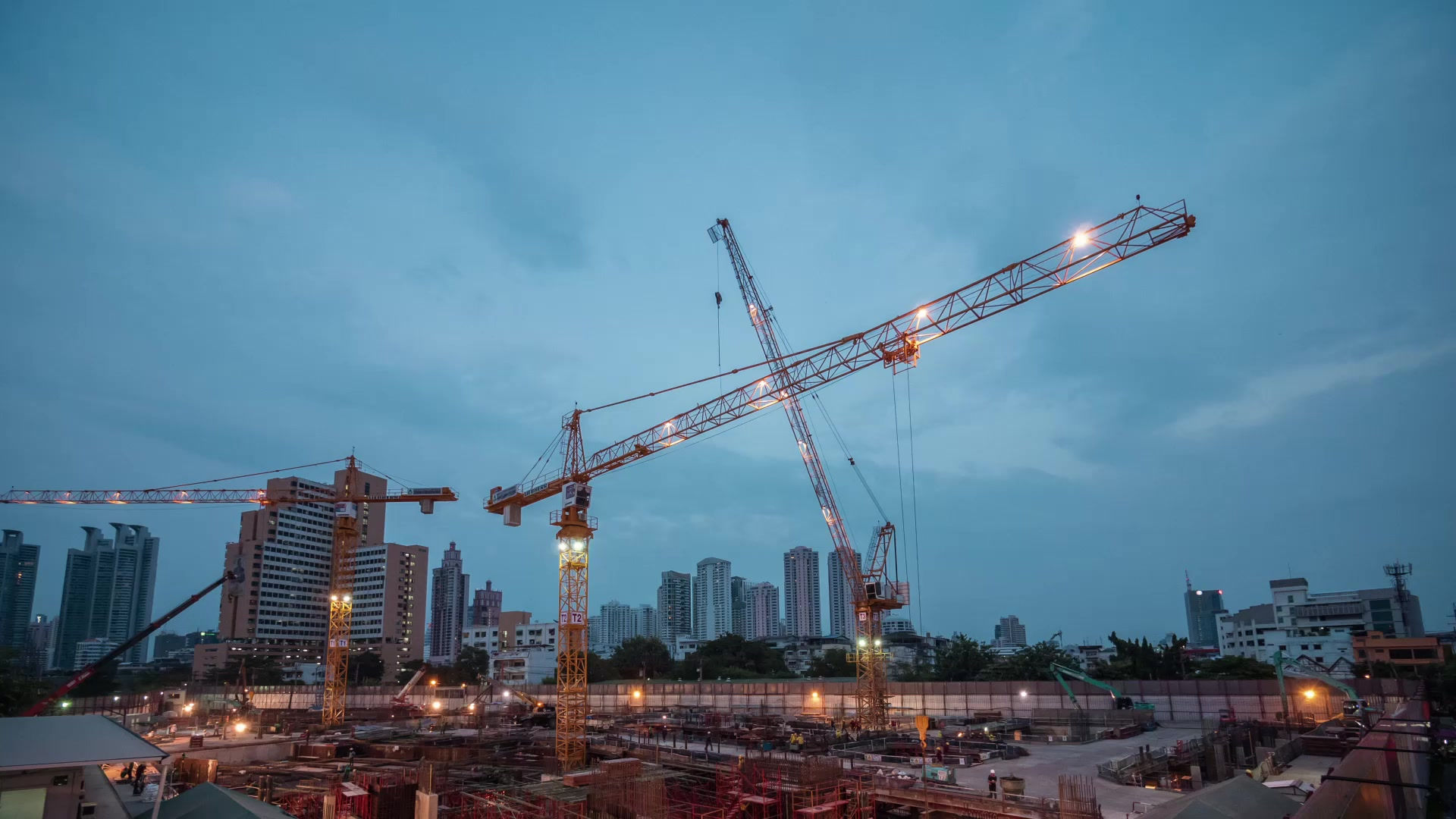Advanced Reinforcing Techniques in Construction: Building Stronger, Smarter, and Safer
- Joitech

- Jun 18
- 2 min read
In recent years, the building sector has undergone significant change, particularly in the area of structural reinforcement. In order to guarantee that structures and infrastructure can endure rising loads, environmental stress, and seismic activity, advanced reinforcing techniques are now crucial. To deliver structures that are safe and prepared for the future, it is essential for engineers, contractors, and architects to keep ahead of the curve using creative reinforcing techniques.

1. Fiber-Reinforced Polymers (FRPs)
Reinforced with fiber Steel can now be replaced by lightweight, non-corrosive polymers. These composite materials are frequently used to reinforce masonry and concrete constructions because they are composed of carbon, glass, or aramid fibers inserted in a polymer matrix.
Key Benefits:
High tensile strength
Corrosion-resistant
Lightweight and easy to install
Applications:FRPs are often used in bridge rehabilitation, seismic retrofitting, and strengthening of columns and beams in both new and existing structures.
2. Post-Tensioning Systems
Using high-strength steel tendons to pre-stress concrete is known as post-tensioning. This method permits thinner slabs and greater spans while increasing structural capacity.
Advantages:
Reduces cracking and deflection
Increases load-bearing capacity
Ideal for bridges, parking structures, and high-rise buildings
3. Ultra-High Performance Concrete (UHPC)
UHPC is a cutting-edge substance renowned for its remarkable robustness and longevity. It offers better impact, abrasion, and corrosion resistance when paired with steel or synthetic fibers.
Why It’s Advanced:
Compressive strength of over 150 MPa
Exceptional ductility and toughness
Extended lifespan of structures
4. Carbon Fiber Wrapping
One method for strengthening and restoring aging concrete components is carbon fiber wrapping. Using carbon fiber sheets bonded with epoxy resin, structural parts are wrapped using this technique.
Ideal For:
Retrofitting and seismic upgrades
Strengthening columns, beams, and joints
Projects requiring minimal downtime
5. Smart Reinforcement with Embedded Sensors
Smart reinforcement materials with sensors integrated into them have been made possible by technology, which allows for real-time structural health monitoring. Before they become serious, these devices assist in identifying temperature fluctuations, stress, strain, and possible failures.
Smart Features:
Continuous structural monitoring
Predictive maintenance capabilities
Data-driven decision-making
6. Bamboo Reinforcement
Bamboo is becoming more well-known as an environmentally beneficial reinforcing material as sustainability becomes a top priority. Bamboo provides remarkable strength and flexibility when treated and mixed with concrete, particularly for affordable housing projects.
Why Bamboo?
Renewable and biodegradable
Good tensile strength
Cost-effective alternative in developing regions
7. 3D Printing with Reinforced Materials
Fiber-reinforced concrete and composite materials are now included in 3D printing technology. This preserves structural integrity while enabling the accurate, automated production of intricate structures.
Benefits:
Reduced waste and labor
Greater design flexibility
Accelerated construction timelines
Conclusion
New benchmarks for sustainability, efficiency, and safety in construction are being set by advanced reinforcing techniques. These developments, which range from FRPs and post-tensioning to eco-friendly bamboo and smart sensors, are influencing building design in the future. By using these techniques, structures' lifespans are increased and modern technical requirements are met.
It is now imperative for engineers and builders to comprehend and implement these cutting-edge reinforcing techniques if they want to future-proof their projects. For more, visit us today!





Comments